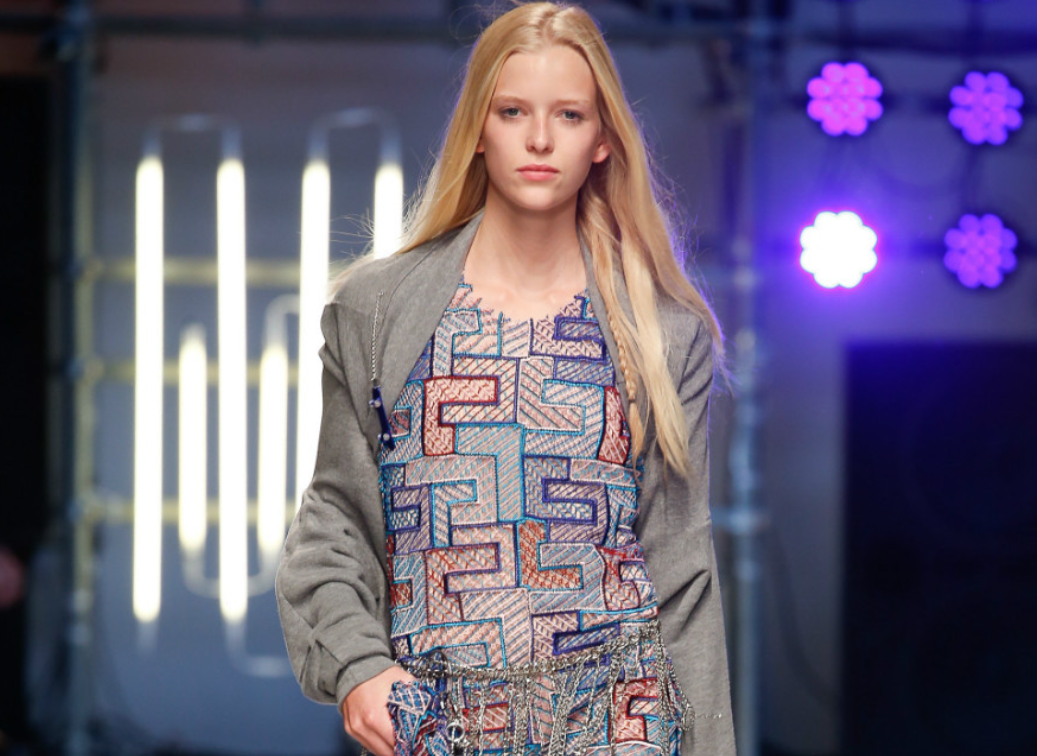
In 1954, Givenchy designed the bow-trimmed "Sabrina neckline" for Hepburn; In 1953, Marilyn Monroe wore a William Travilla costume for The Blonde Gentleman. In 1955, Grace Kelly wore Edith Head's blue gown for "To Catch a Thief." In 1954, Dorothy Dandridge wore a colorful costume designed by Mary Ann Nyberg for Carmen Jones.
Men also have their own idols. Marlon Brando made the fashion world go crazy in 1951's "A Streetcar Named Desire" by proclaiming white T-shirts with beauty and a good body, revealing T-shirts that became the mark of bad boy.
The jeans worn by James Dean in 1955's "Rebel Without a Cause" were paired with this T-shirt, a look that created a rebellious image of youth. With the growing maturity of women's wear, the need for maintenance is also getting higher and higher, and men's wear has begun to promote a relaxed and chic style in the fashion industry.
The golden age of stilettos
Heels are getting higher and higher
Who "invented" the stiletto is unknown, and the source of the definition of the stiletto is unknown. The word (Italian for dagger) was first used to describe a pointed, thin toe, but soon came to describe a high, thin heel.
What is certain is that the popularity of high heels began in the early 1950s, and the style had three major champions: Roger Vivier, Salvatore Ferragamo and Andre Perugia. This slim but not bulky shoe shape is the perfect finishing touch to the elegant fashion of the 50s.
At the time, Roger Vivier was designing shoes for Christian Dior, and Vivier's name could also appear on the inside box of every shoe.
Dior claims that of all his collaborators, Vivier is the only artist who has achieved the same status on the label.
In the early 1950s, the now little-known footwear engineer Andre Perugia rose to fame for his steel high heels.
And Italian designer Salvatore Ferragamo, who is credited with inserting a steel rod into the heel of stilettos, which are usually made of wood. Ferragamo made his designs famous with connections to Hollywood actresses such as Marilyn Monroe.
Menswear trends from the 1950s
If the postwar lady got a new look from Dior, the postwar gentleman was shaped by Savile Row tailors into the new Edward-era look - a slim-cut suit, sometimes a three-piece, sometimes a velvet collar. The jacket is single-breasted, and accessories include a bowler hat and a silver cane.
In addition to the young, offbeat look of Marlon Brandon and James Dean on screen, the combination of jeans, T-shirts and sneakers emerged in a new archetype in the 1950s.
The Teddy boy or "Teds "look is dominant in the youth subculture, especially in the United Kingdom. These "teddy boys" wear narrow suits and trousers, and have their hair pulled back in short braids. The aesthetic resonated with British musicians long before Elvis brought the look to America.
Cultural trend
From the silver screen, the world knew Audrey Hepburn in Roman Holiday. Marilyn Monroe, Ertha Kitt, Ava Gardener, Jayne Mansfield and Elizabeth Taylor are among the stars making their mark in Hollywood.In 1956, Hitchcock's favorite blonde moved from Hollywood to Monte Carlo, where she married Prince Rainier of Monaco in a lace wedding dress designed by Helen Rose. Speaking of royalty, Queen Elizabeth II wore a Norman Hartnell dress when she ascended to the British throne in 1953.
Elizabeth II's reign coincided with the return of the Court balls after a period of austerity, and these events promoted the development of British design.
In 1952, Jack Kerouac published "On the Road," a book that was embraced by the Beat generation, who called Manhattan's Greenwich Village their headquarters.
In music, Elvis Presley became a household name for his trademark writhing dance moves on stage, earning him the nickname "Elvis." Singers such as Little Richard, Bing Crosby, Ray Charles and Frank Sinatra also took to the stage.
In 1959, the world's first Barbie doll appeared.

